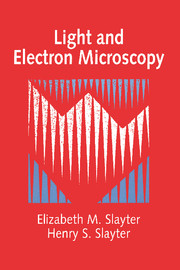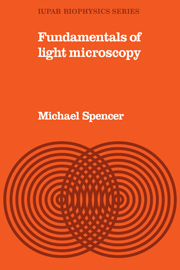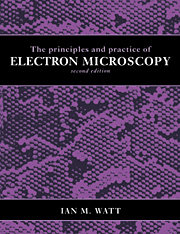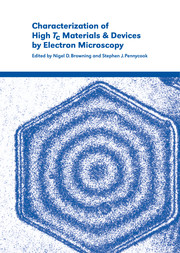Light and Electron Microscopy
The compound optical microscope, in its various modern forms, is probably the most familiar of all laboratory instruments and the electron microscope, once an exotic rarity, has now become a standard tool in biological and materials research. Both instruments are often used effectively with little knowledge of the relevant theory, or even of how a particular type of microscope functions. Eventually however, proper use, interpretation of images and choices of specific applications demand an understanding of fundamental principles. This book describes the principles of operation of each type of microscope currently available and of use to biomedical and materials scientists. It explains the mechanisms of image formation, contrast and its enhancement, accounts for ultimate limits on the size of observable details (resolving power and resolution) and finally provides an account of Fourier optical theory. Principles behind the photographic methods used in microscopy are also described and there is some discussion of image processing methods. The book will appeal to graduate students and researchers in the biomedical sciences, and it will be helpful to students taking a course involving the principles of microscopy.
- A new and enlarged edition of Optical Methods in Biology (Wiley Interscience 1970)
- Gives the reader a greater understanding of the microscope he/she is using, leading to more effective use of the microscope
Reviews & endorsements
"What a refreshing change to open a new book on microscopy that is not only packed with information on recent advances in the field but also contains a broad foundation of theoretical principles. The volume is slim, and it is hard to believe that the wide range of material is covered in such depth until one realizes what has been left out: the usual dreary rules of thumb for operating microscopes that might as well be describing masonic rituals for all the explanation--or intellectual stimulation--that they offer." Graham Dunn, Nature
"What a refreshing change to open a new book on microscopy that is not only packed with information on recent advances in the field but also contains a broad foundation of theoretical principles. The volume is slim, and it is hard to believe that the wide range of material is covered in such depth until one realizes what has been left out: the usual dreary rules of thumb for operating microscopes that might as well be describing masonic rituals for all the explanation--or intellectual stimulation--that they offer." Graham Dunn, Nature
Product details
October 1992Paperback
9780521339483
332 pages
234 × 155 × 16 mm
0.543kg
144 b/w illus. 11 tables
Available
Table of Contents
- Preface
- List of common abbreviations used
- 1. Introduction
- 2. Light and electrons
- 3. Wave interactions
- 4. Interference effects and diffraction patterns
- 5. Polarized light
- 6. Lenses
- 7. Imaging: microscopy and diffraction
- 8. Contrast
- 9. Resolution
- 10. The light microscope
- 11. Imaging of phase objects
- 12. Polarizing microscopy
- 13. Prospects of biological X-ray microscopy
- 14. The conventional transmission electron microscope
- 15. Scanning microscopes
- 16. Aspects of practical electron microscopy
- 17. The quest for ultimate EM resolution
- 18. Innovations in microscope development
- 19. Photography
- Appendix: image location
- Author index
- Subject index.






